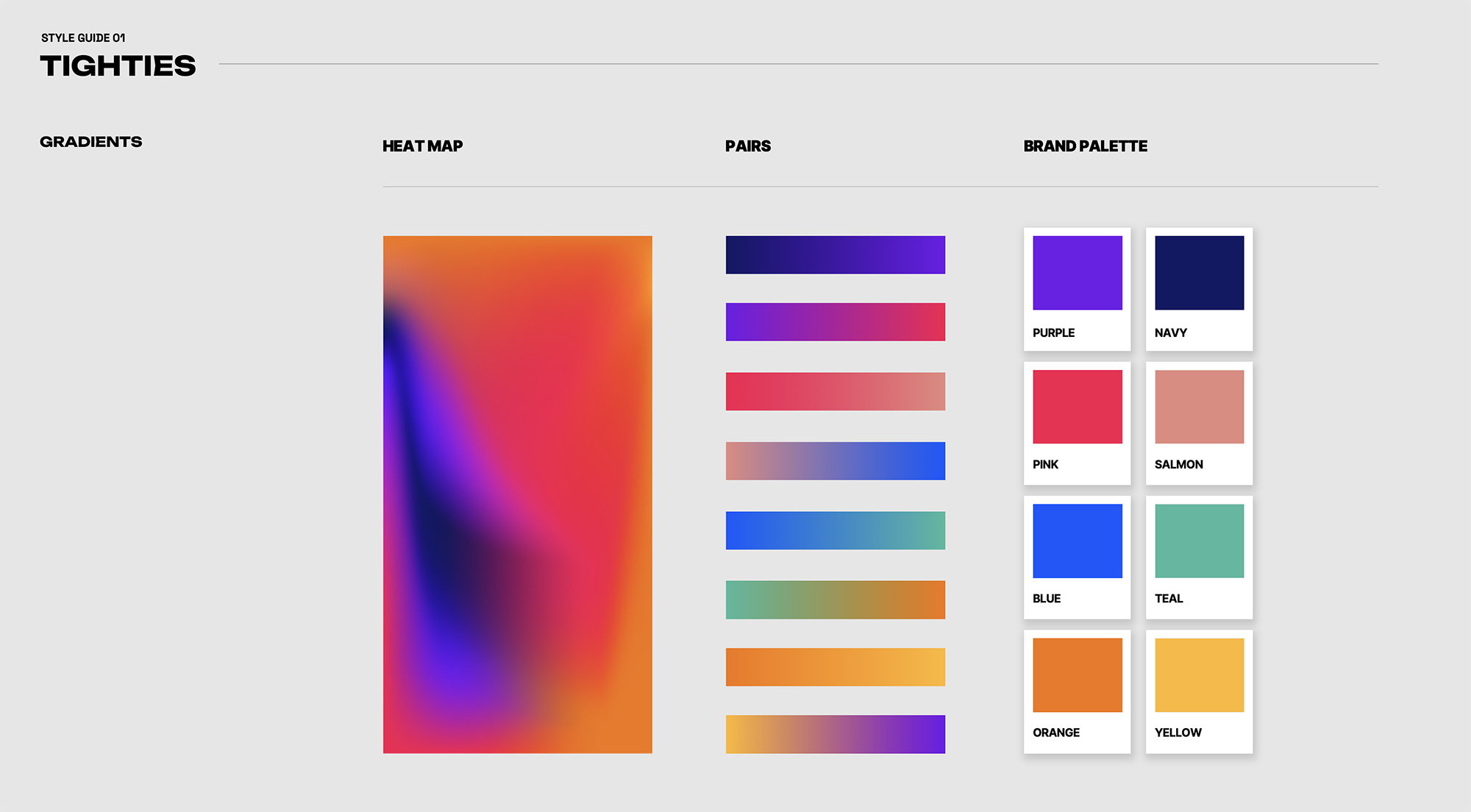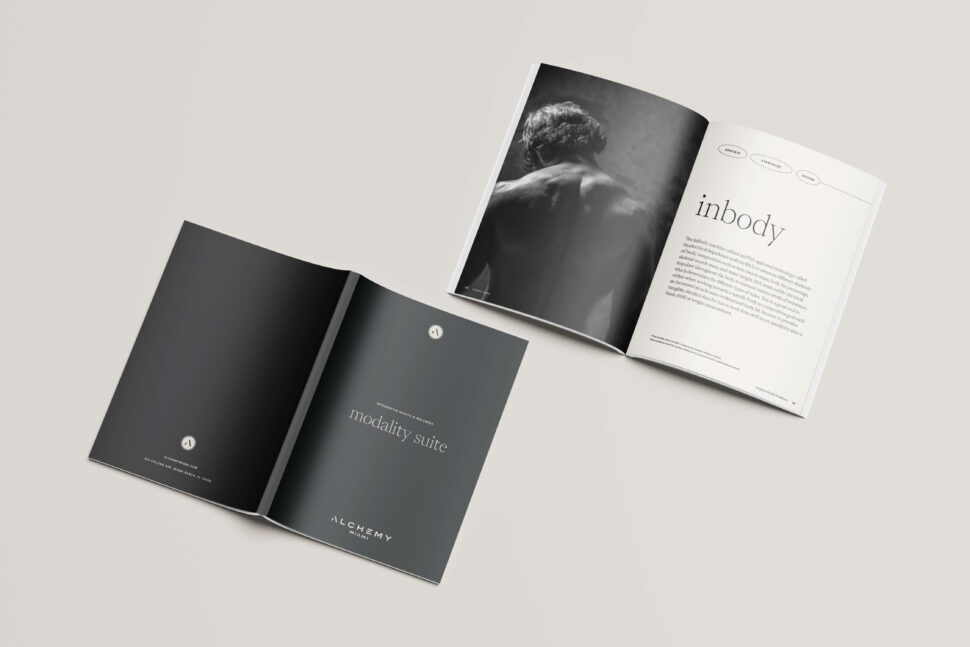Among the myriad elements that contribute to brand identity, color holds a significant place. Color psychology, the study of how colors affect human behavior and emotions, plays a crucial role in shaping consumer perceptions and brand associations. In this comprehensive guide, we delve into the importance of color psychology in branding, exploring its influence on consumer behavior, brand recognition, and advertising effectiveness.
Why is color theory important in branding?
Color theory forms the foundation of effective branding strategies. Understanding the principles of color theory enables brands to make informed decisions about color selection, ensuring alignment with their values, target audience, and desired brand image. Powerhouse brands like Tiffany’s, Starbucks, and Apple utilize color psychology in their branding. By leveraging color theory, brands can evoke specific emotions and associations. This allows brands to effectively communicate their message and establish a distinctive identity in the market.
The impact of color psychology
Color psychology examines how colors evoke specific feelings and perceptions in individuals. Colors have the power to influence mood, behavior, and purchasing decisions, making them invaluable tools for marketers and brand strategists. By incorporating the principles of color psychology into branding efforts, businesses can create memorable experiences that leave a lasting impression on customers, fostering stronger brand connections and loyalty.
How psychology plays a role in branding
Psychology plays a fundamental role in branding. It can shape consumers’ perceptions and attitudes toward a brand. Through strategic use of colors, brands can convey key brand attributes such as trustworthiness, reliability, and innovation. For example, blue is often associated with professionalism and trust, making it a popular choice for corporate brands, while red evokes feelings of excitement and passion, making it ideal for brands seeking to create a sense of urgency or energy.
One notable example of a brand that effectively utilizes color psychology in its branding is Coca-Cola. The iconic red color of Coca-Cola’s logo is carefully chosen to evoke feelings of excitement, passion, and energy. This vibrant hue captures attention but also creates a sense of warmth and positivity. This use of color psychology aligns consumer perceptions with the brand’s message of happiness and enjoyment. Coca-Cola strategically incorporates red into its advertising campaigns and packaging design, reinforcing its brand identity and fostering strong emotional connections with consumers worldwide. Through its consistent use of color psychology, Coca-Cola has established itself as a timeless and universally recognized brand, demonstrating the power of color in shaping brand perception and loyalty.
The use of color psychology in advertising
In advertising, the use of color psychology can significantly impact the effectiveness of marketing campaigns. By selecting colors that resonate with their target audience and align with the desired action, advertisers can capture attention, evoke emotion, and drive engagement. Whether it’s a bold red call-to-action button or a soothing green background, the strategic application of color psychology can enhance the overall effectiveness of advertising efforts. Ultimately, this leads to higher conversion rates and increased brand visibility.
In conclusion, color psychology plays a pivotal role in branding. Brands can utilize color psychology to influence consumer perceptions, emotions, and behavior. By understanding the principles of color theory and psychology, brands can create powerful visual identities that resonate with their audience and leave a lasting impression. Incorporating color psychology into branding and advertising strategies allows businesses to differentiate themselves in a crowded marketplace and build meaningful connections with consumers. As you embark on your branding journey, look to iconic brands for inspiration and remember the profound impact that color can have on shaping the success of your brand.







